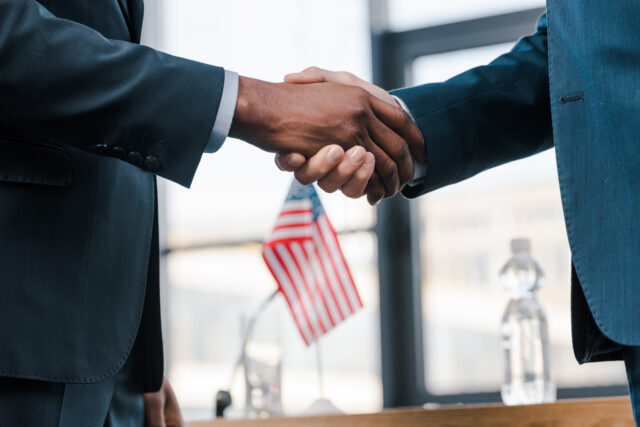In the world of healthcare facilities and infrastructure, business happens at conventions. These large-scale events are not just about showcasing the latest in smart tech or sustainable materials — they’re where long-term partnerships are born.
But with hundreds of vendors, executives, and industry leaders in the same room, the challenge is clear: How do you stand out and build real connections that go beyond a handshake?
Here’s how to approach U.S. conventions with strategy, confidence, and the goal of forming meaningful B2B partnerships.
1. Start Before the Convention Begins
Effective networking doesn’t start at the booth — it starts weeks in advance.
- Research the attendee list (if available) or speakers/vendors you want to connect with.
- Reach out via LinkedIn or email to introduce yourself, and request a quick meet-up during the event.
- Schedule appointments with potential leads so you’re not relying on chance meetings.
Tip: A short message like “Looking forward to connecting at [Convention Name] — would love to hear how your team is approaching facility upgrades this year” goes a long way.
2. Lead with Value, Not Sales
Everyone is being pitched at conventions. What stands out is a conversation that focuses on mutual value.
Instead of launching into a sales pitch, ask:
- “What’s your facility focusing on upgrading this year?”
- “What challenges have you faced integrating new systems?”
Then, position your offering as a solution to their problem, not just a product.
3. Optimize Your Booth for Engagement
If you’re exhibiting, your booth is your brand’s handshake.
Make it:
- Visually inviting with digital screens, clear messaging, and open space.
- Interactive — show live demos or success stories.
- Staffed with people who know your solution deeply and can hold strategic conversations.
Bonus Tip: Offer a resource (a free white paper, case study, or upgrade checklist) in exchange for contact details — and follow up quickly after the event.
4. Attend Breakout Sessions and Panels
Some of the best networking doesn’t happen at booths — it happens during industry panels, roundtables, and coffee breaks.
Use these moments to:
- Engage in conversations relevant to your audience’s pain points.
- Ask thoughtful questions.
- Connect with fellow attendees who share your goals.
Don’t underestimate the power of shared learning experiences to open doors.
5. Follow Up — Fast and Personalized
The real partnership-building happens after the event.
Within 48–72 hours:
- Send personalized follow-ups referencing your conversation.
- Offer to continue the discussion via Zoom or a site visit.
- Provide tailored materials that align with what they’re looking for.
Avoid generic “nice to meet you” emails. Instead, try something like:
“Based on what you shared about upgrading your imaging department, I thought this client story might be helpful.”







